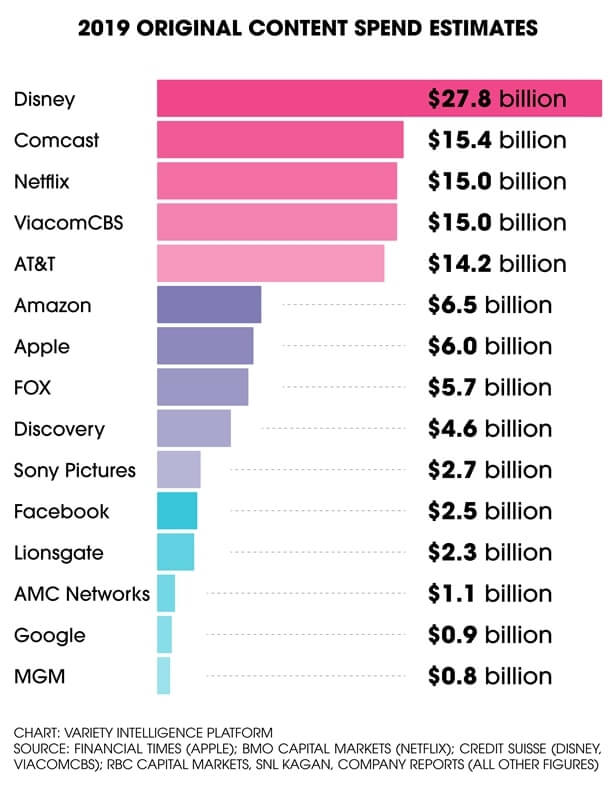Fascination About News Channels
Wiki Article
Excitement About News Channels
Table of Contents5 Simple Techniques For News ChannelsIndicators on News Channels You Need To KnowFacts About News Channels RevealedAll about News ChannelsNews Channels for Beginners
A complete news cycle consists of the media reporting on some event, followed by the media reporting on public and other reactions to the earlier reports. The advent of 24-hour cable and satellite television news channels and, in more recent times, of news sources on the World Wide Web (including blogs), considerably shortened this process.An individual news program is typically reported in a series of individual stories that are presented by one or more anchors. A frequent inclusion is live or recorded interviews by field reporters. Television news programs inform and discuss current events via the medium of television. A "news bulletin" or a "newscast" are television programs lasting from seconds to hours that provide updates on events.
The 4-Minute Rule for News Channels

There may also be breaking news stories which will present live rolling coverage.[] Television news organizations employ several anchors and reporters to provide reports (as many as ten anchors, and up to 20 reporters for local news operations or up to 30 for national news organizations). They may also employ specialty reporters that focus on reporting certain types of news content (such as traffic or entertainment), meteorologists or weather anchors (the latter term often refers to weather presenters that do not have degrees in meteorology earned at an educational institution) who provide weather forecasts – more common in local news and on network morning programs – and sports presenters that report on ongoing, concluded, or upcoming Packages will usually be filmed at a relevant location and edited in an editing suite in a newsroom or a remote contribution edit suite in a location some distance from the newsroom.
Stations that use a "wheel" format tend to keep to a set schedule of certain programming at certain specific minutes on the hour, and one of these segments is frequently a news bulletin. These short bulletins will you could try these out provide overviews of any breaking news of interest, and may include local concerns such as weather forecasts or traffic reports.
News Channels - The Facts
Radio stations will upload their news reports as streamable podcasts and television networks will sometimes make their broadcasts available over Internet video. Print newspapers will sometimes feature video on their websites for breaking news events and for long-form video journalism. The usual focus on the Internet tends to be a la carte, however – rather than a recap show of the issues of the day like a TV or radio show, Internet news sites will usually allow the browser to find the one story they are interested in and watch a video strictly on that, even if said video might have been a segment of a larger show.Outside the realm of traditional news organizations with paid journalists are citizen journalists. News Channels, independents who report on their own and use sites such as You, Tube to display their content. Independents also heavily cover commentary on news: while most independents cannot originally report on anything other than local issues due to budgetary concerns, opinions are cheaper
A general shift over time happened in the style of the evening newscasts in most countries. In the 1950s, television was novel enough that it was considered entertainment. In the 1960s and 70s, television newscasts tended to be unusually "serious" by later standards, featuring more "hard news" and less light entertainment mixed in.
The News Channels PDFs
This was something of an artifact of both technology and media culture: few channels were available, and those that did tended to take news casting seriously, even if lighter news could potentially have gotten more viewers. Government regulation also affected the news landscape: in the United States, the Federal Communications Commission forced networks to abide by strict public-interest requirements that required broadcasting news, while television in the Soviet Union was strictly regulated by the government which looked on frivolous topics with disfavor.
Another change in news broadcasts in the 2000s, at least in the United States, was a rediscovered interest in health news and consumer news – areas of special interest to women that had traditionally been written off as too minor for the evening newscasts, but proved to be steady sources of viewer curiosity and ratings.
Some Known Incorrect Statements About News Channels
local newscasts do not exist in copyright.[] Like with U.S. television, many stations use varied titles for their newscasts; this is particularly true with owned-and-operated stations of Global and City - News Channels (Global's stations use titles based on daypart such as News Hour for the noon and early evening newscasts and News Final for 11:00 pLocal TV stations in the United States normally broadcast local news three to four times a day on average: commonly airing at 4:30, 5:00, 5:30, or 6:00 a. m.; noon; 5:00 and 6:00 p. m. in the early evening; and 10:00 or 11:00 p. m. Some stations carry morning newscasts at 4:00, 7:00, 8:00, or 9:00 a.
television stations (most notably, WISH-TV in Indianapolis, one of the few remaining users of the concept), most of which eventually disposed of the hourly update format by the early 2000s.[] Since Homepage the early 1990s, independent stations and stations affiliated with a non-Big Three network have entered into "news share agreements", in which news production is outsourced to a major network station (usually an affiliate of ABC, NBC, or CBS), often to avoid shouldering the cost of starting a news department from scratch or because of a lack of studio space.
Report this wiki page